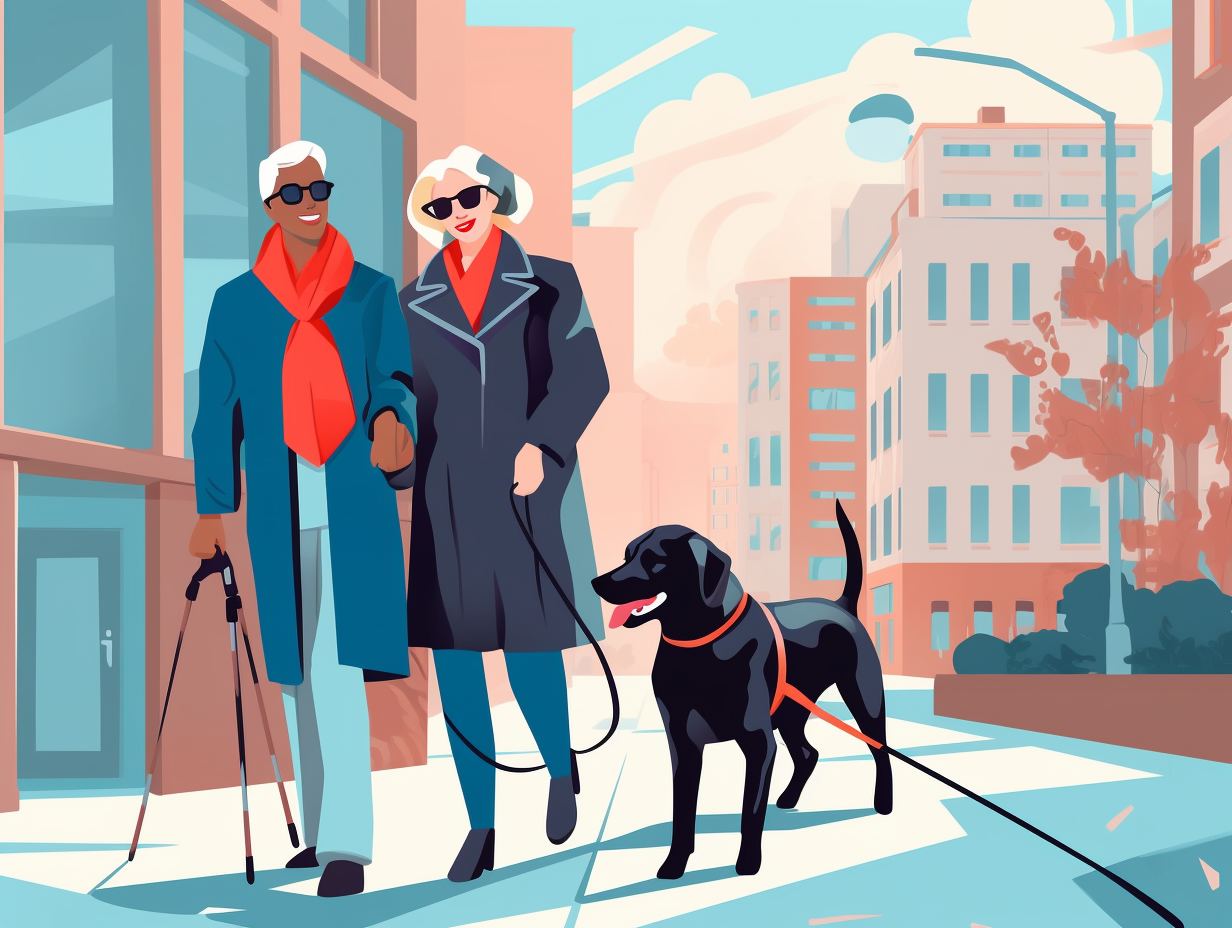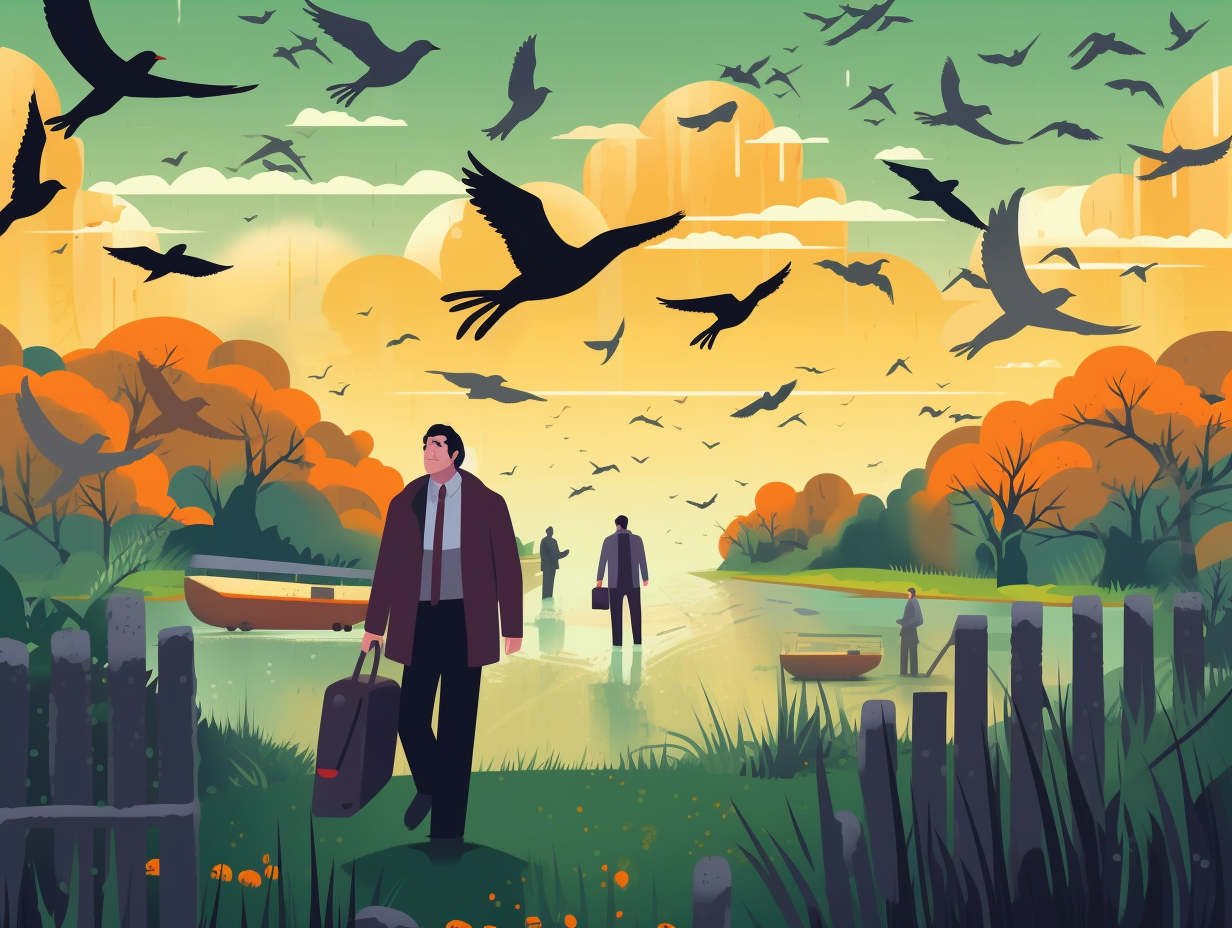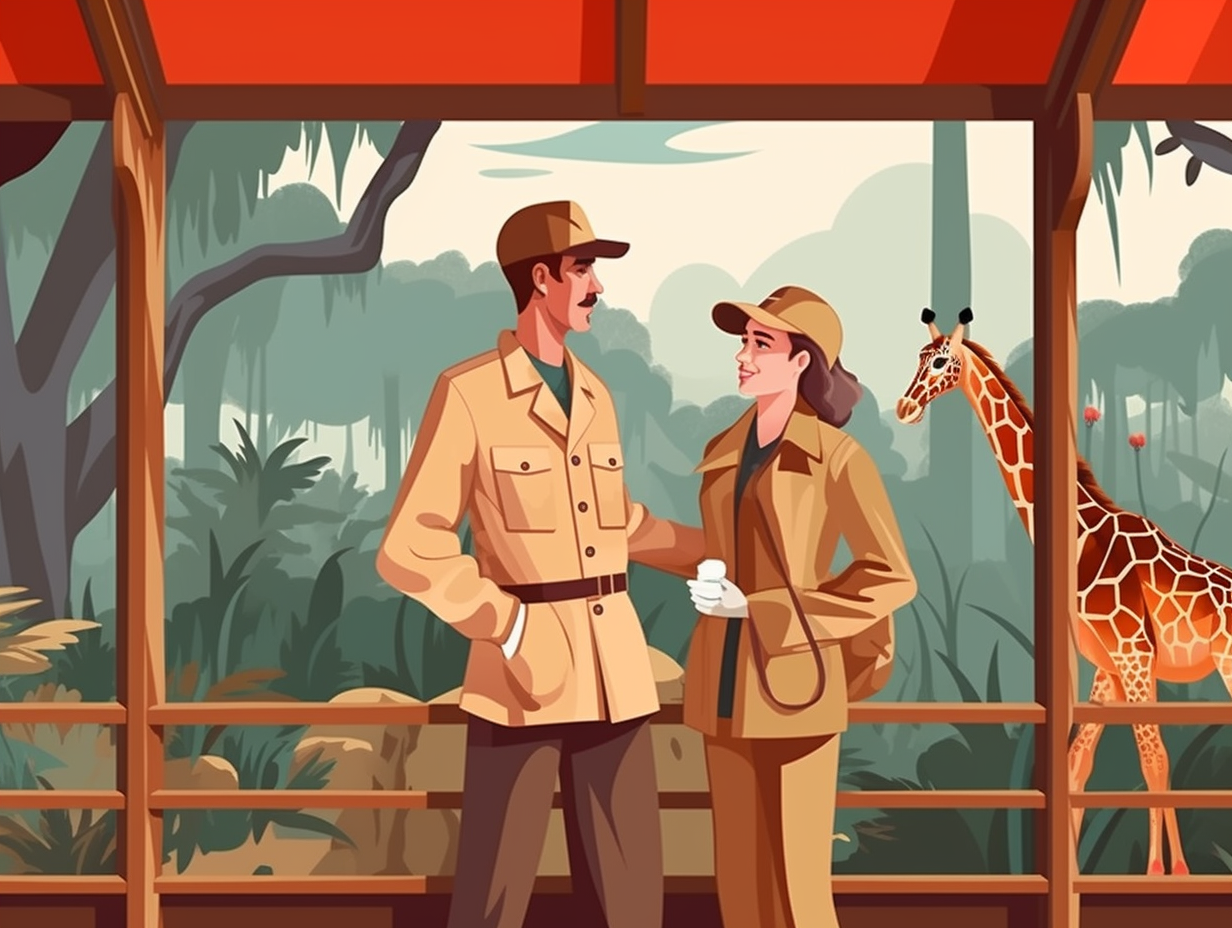Unleashing the Secrets: Top 8 Fun and Fascinating Facts About Guide Dogs You'll Love to Discover!

1. Willie Wonka's Kryptonite
When guide dogs find themselves in the "pawsome" world of Willie Wonka, they must remind themselves of the mantra, "I must not eat, for duty calls!": These dedicated service pups receive rigorous training to avoid giving into the temptations of tantalizing treats, ensuring their primary focus remains on assisting their handlers, rewarding their admirable self-control.
Source => seeingeye.org
2. Zen Masters of the Streets
As traffic lights throw their color-coded tantrums, guide dogs remain the zen masters of the streets, gracefully tiptoeing their owners away from chaos: These mindful mutts aren't actually trained to read traffic signals, but rather rely on their heightened senses to detect hidden dangers and guide their human safely around obstacles and curbs.
Source => todayifoundout.com

Did you know over 4,000 canines served in the U.S. military during WWI as messengers, sentries, and more? Discover their heroic contributions! 🐾💂
=> Fun Facts about Military-Dogs
3. Tail-wagging Dating Agency
In a world where an intricate waltz of size, temperament, and even a sense of adventure decides one's fate, the world of guide dogs resembles more of a four-legged, tail-wagging dating agency: These canine companions are carefully chosen based on physical compatibility and temperament to match their handlers, ensuring not only an effective guidance system, but also an enjoyable and reliable partnership between human and hound.
Source => cnib.ca
4. Labs Lead the Pack
Who let the dogs out? More like who let the Labs lead: The Labrador Retriever is the most popular breed for guide dogs worldwide, thanks to their intelligence, loyalty, and calm demeanor. But don't worry, other top dogs like Golden Retrievers, German Shepherds, Poodles, Border Collies, Boxers, Australian Shepherds, Chesapeake Bay Retrievers, Vizslas, and Doberman Pinschers are also trained in the noble task of guiding visually impaired or blind humans, depending on their temperament and physical abilities.
Source => pawzy.co

5. Canine Full Coverage
Emergencies don't wait, but some guide dogs have full coverage that makes human healthcare look like a game of fetch: Guide Dogs for the Blind provides a 24/7 veterinary financial assistance program for active guide dog teams, retired dogs, K9 Buddies, and volunteer puppy raisers, which covers medical procedures, consultations, and even end-of-life decisions, handling 10,000 calls last year.
Source => guidedogs.com
6. Ivy League Guide Dogs
Who let the dogs out? Surprisingly, it's Canine Partners for Life, a service dog program that chooses its furry applicants as carefully as Ivy League schools pick their scholars! Fun fact incoming: CPL primarily selects labrador retrievers for their loyalty, trainability, adaptability, and size, while golden retrievers, poodles, and labradoodles also make the cut for being highly intelligent, dependable, and adaptable.
Source => k94life.org
7. Doggy Diplomas & Beyond
When doggy diplomas aren't enough: guide dogs can be trained as breeders, K9 buddies for children with autism, and support for veterans with PTSD, in addition to serving as Seeing Eye dogs for the visually impaired. Not just fetching slippers, these good boys and girls also play a vital role in the mission to improve lives for individuals with disabilities.
Source => guidedogs.com
8. Nashville's Canine Crooners
If you've ever thought Nashville was just for country crooners and cowboy boots, think again: The Seeing Eye, the first guide dog school in the U.S., was founded there in 1929 by Morris Frank and Dorothy Harrison Eustis before moving to Whippany, New Jersey for optimal dog training climate. Continuing to lead the pack, the organization now specializes in canine genetics, breeding, disease control, and behavior research, making it a "bark and roll" experience for both humans and their four-legged friends!
Source => seeingeye.org
Related Fun Facts















